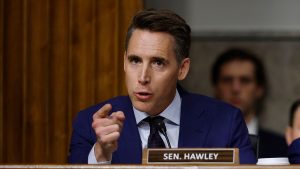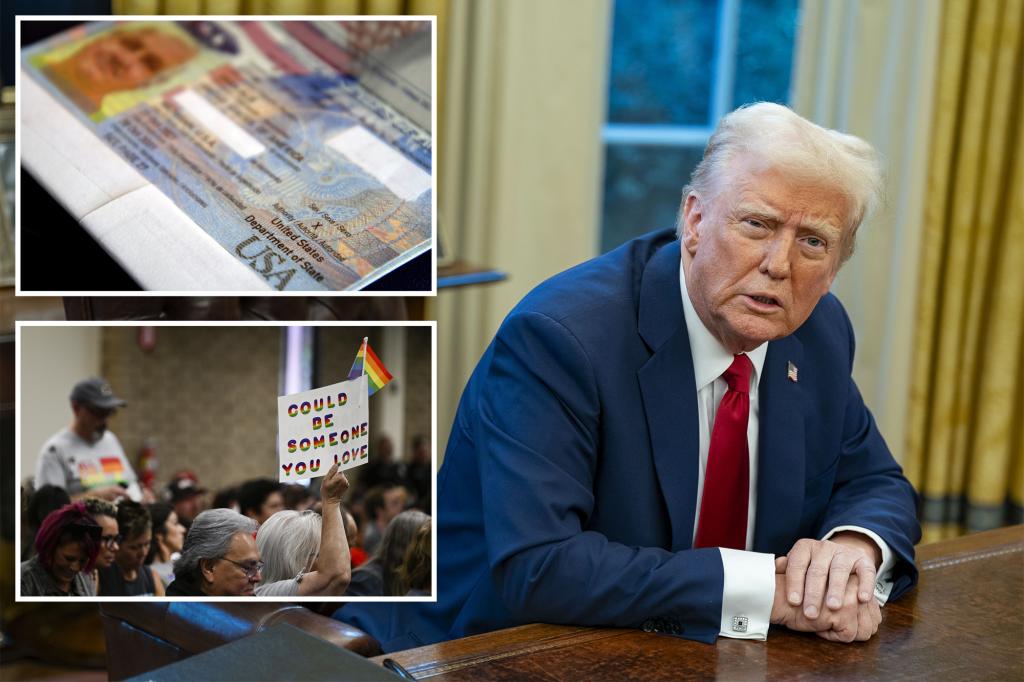The political landscape concerning gender identity and expression within the federal government has undergone a significant shift with the recent presidential transition. Memos obtained by various news outlets, including ABC News, reveal a directive from the executive branch mandating the removal of gender pronouns from email signatures, official documents, and grant applications. This directive, impacting agencies such as the Centers for Disease Control and Prevention (CDC), the Department of Transportation, and the Department of Energy, appears to be in line with President Trump’s executive orders targeting Diversity, Equity, and Inclusion (DEI) initiatives. The memos stipulate deadlines for compliance, emphasizing the removal of pronouns and any other information deemed non-compliant with the new policy. The Office of Personnel Management (OPM) has also instructed agencies to disable features in email systems, like Outlook, that prompt users to specify their pronouns. This represents a stark reversal of the previous administration’s stance on gender inclusivity.
President Trump’s executive orders, issued on his first day in office, explicitly target what he terms “radical and wasteful government DEI programs.” These orders call upon the OPM, the Office of Management and Budget (OMB), and the Department of Justice to terminate what he considers “illegal” DEI mandates, policies, programs, preferences, and activities. Beyond DEI programs, the executive orders also address what is described as “gender ideology extremism,” emphasizing the administration’s recognition of only two sexes – male and female – and declaring these as immutable and grounded in biological reality. The orders further direct agencies to purge all communications, policies, and regulations that promote or endorse gender ideology, including the removal of gender identity options from official forms. This policy shift aligns with other recent actions, such as Secretary of State Marco Rubio’s decision to eliminate the “X” gender marker option from US passport applications.
The current administration’s stance contrasts sharply with the policies of the previous administration under President Biden. Upon taking office, President Biden issued an executive order prohibiting discrimination based on gender identity and sexual orientation. This order was defended by then-White House Press Secretary Jen Psaki as reflecting the president’s belief that “trans rights are human rights.” The Biden administration actively engaged with transgender influencers and advocates of “gender-affirming” care, a move that drew criticism from opponents who expressed concerns about the potential risks associated with such treatments, especially for minors. Vice President Kamala Harris also embraced pronoun usage in public appearances and implemented policies reflecting gender inclusivity within her office and campaign.
Vice President Harris’s prominent use of pronouns and advocacy for transgender rights became a focal point in the political discourse. Her introduction of herself with her pronouns at an LGBTQ roundtable and the inclusion of gender-neutral options on staff application forms for her presidential campaign highlighted her commitment to inclusivity. However, this stance also became a target for political opponents, who used it in attack ads to paint her as out of touch with mainstream values. One such ad criticized her support for “taxpayer-funded sex changes for prisoners and illegal aliens,” framing the issue as a contrast between her focus on “they/them” and President Trump’s focus on “you.” This demonstrates the highly politicized nature of gender identity issues and their use in political campaigns.
The shift in federal policy regarding gender identity has prompted notable reactions from prominent figures in the Democratic Party. Pete Buttigieg, the former Transportation Secretary, and Representative Alexandria Ocasio-Cortez, both of whom previously displayed pronouns in their social media profiles, have recently removed them. Buttigieg’s removal of his pronouns coincided with reports of his potential Senate run in Michigan, a swing state, suggesting a strategic decision to appeal to a broader electorate. This action highlights the political calculus involved in navigating the complexities of gender identity in the current political climate. The change in policy under the new administration, coupled with these high-profile adjustments, underscores the ongoing debate and evolving landscape surrounding gender identity in the public sphere.
The removal of gender pronouns in official federal communications marks a significant departure from previous efforts to promote inclusivity within the government. This change reflects a broader political and cultural debate surrounding gender identity and expression. While the previous administration championed transgender rights and encouraged the use of pronouns as a form of respect and recognition, the current administration views such practices as promoting “gender ideology extremism.” This shift underscores the ongoing tension between those who advocate for greater inclusion and recognition of diverse gender identities and those who adhere to a more traditional understanding of gender. The evolving landscape of federal policy regarding gender identity continues to be a contested arena, reflecting the deep divisions within American society on these issues.











